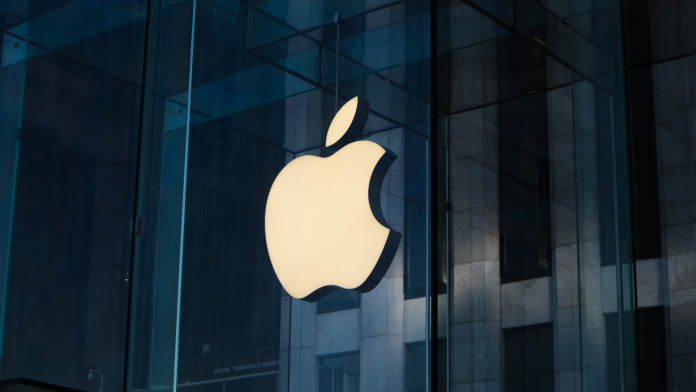Apple may not have yet announced its plans for a VR headset, but given the plethora of leaks and rumors surrounding the device it’s almost certainly in the works. What’s more, the long-awaited Apple VR headset is expected to launch later this year, with an announcement at WWDC 2023 looking very likely.
– Announcement expected at WWDC 2023
– Predicted to cost: $3,000 / $2,200 / AU$4,400
– Slim, lightweight design
– Two chipsets (M2 and one for XR)
– Support for VR and MR experiences
– No controllers, just hand tracking
– Short battery life
If the rumors are true, Apple’s VR headset is shaping up to be the most powerful standalone design we’ve seen yet (meaning it won’t need a PC or other external device to function). This so-called laptop for your face will boast two chipsets – one for VR like the Snapdragon XR2 Plus found in the Meta Quest Pro and also an M2, the same chip found in the very best MacBook and Macs. What’s more, it’ll apparently use a 2,800 pixel-per-inch micro OLED display and instead of controllers, it’s believed you’ll control it with just your hands, voice, and eyes.
If you want to find out more about the upcoming device including its rumored price and other expected capabilities scroll down for everything we know about the Apple VR headset.
Apple VR headset: what you need to know
Apple VR headset release date: Apple hasn’t yet confirmed that it’s working on a mixed-reality headset so we also don’t have a confirmed release date. That said rumors indicate the project will launch at WWDC 2023.
Apple VR headset price: Pricing is also yet to be confirmed, but rumors have suggested we’ll see something around the $3,000 / $2,200 / AU$4,400 mark.
Apple VR headset features: Apple’s headset is expected to use have both virtual and mixed reality capabilities. We’ve also heard it will be powered by the impressive M2 chip.
Apple VR headset design: The Apple VR headset could look much less bulky than its rivals according to those familiar with the project. The display unit is believed to house every component, while a single strap goes around the head to keep it secure, though there has been talk of it using an external battery pack.
Apple VR headset battery life: Leaks have suggested the VR headset can only be used in short bursts, leading us to believe its battery life will be quite short.
Apple VR headset controllers: The most recent rumors suggest the headset won’t have controllers and that’ll it rely solely on hand tracking.
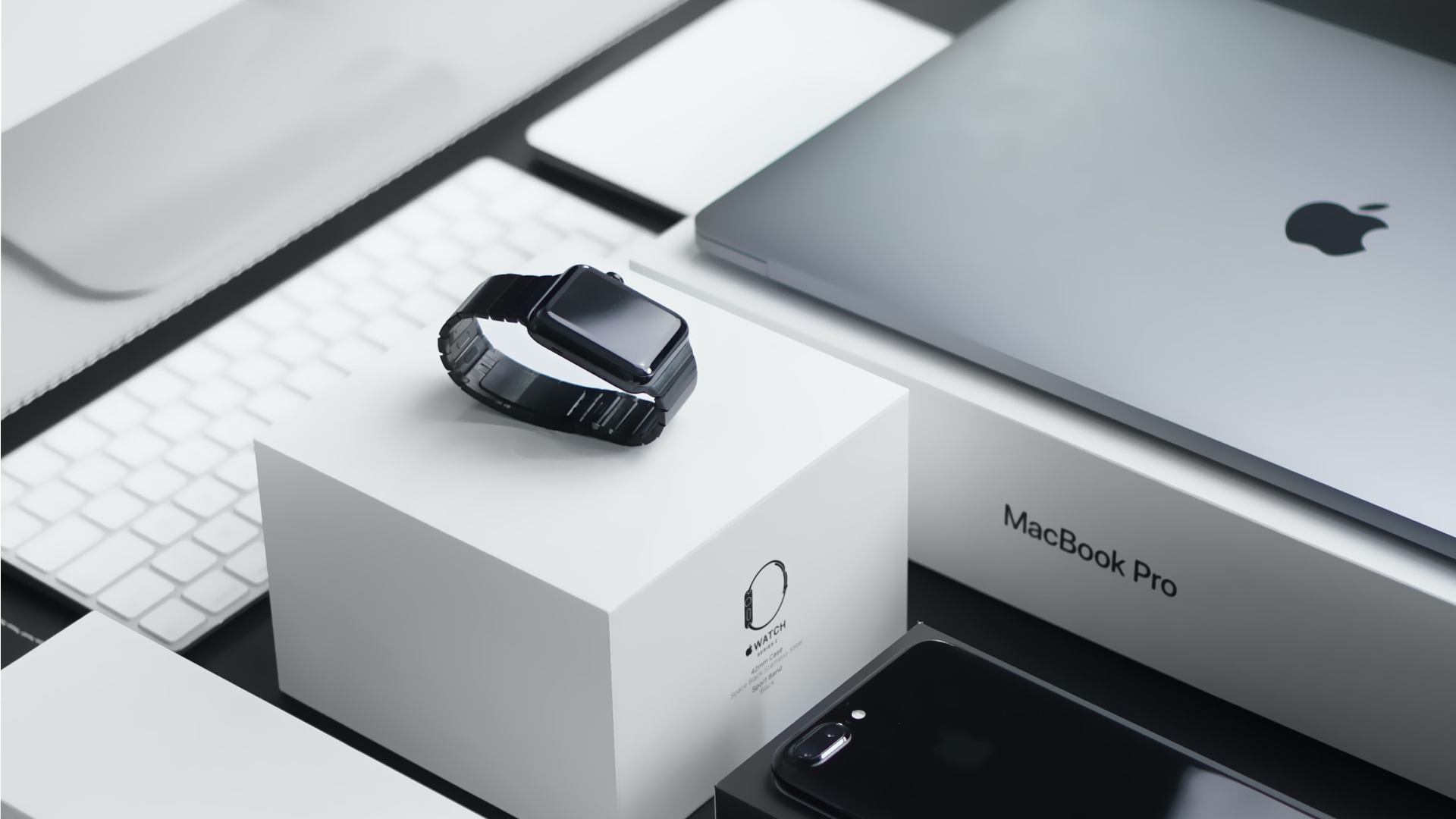
Apple VR headset news and leaks
February 26,2023 – we’re hearing that Apple’s 1st-gen headset is likely to launch alongside the iPhone 15 in September, and will be followed by two 2nd-gen headsets (one high-end, one low-end) in 2025.
February 16, 2023 – the Apple VR Headset is now expected to be announced at WWDC 2023 in June instead of an event in April.
January 24, 2023 – instead of controllers the Apple VR headset is might rely solely on hand tracking and voice commands according to reports.
January 8, 2023 – one of the most reliable analysts in the Apple business says the headset will go on sale in the third quarter of 2023.
December 2, 2022 – Apple’s VR headset might no longer run on software named realityOS instead it’s expected to use the newly-christened xrOS platform.
November 13, 2022 – According to one report, mass production on the headset is due to start in March 2023, with a grand unveiling in April 2023.
October 16, 2022 – It would seem that the Apple VR headset is going to offer iris scanning as a way of authentication, enabling account and payment authorization, and easy multi-user switching.
August 29, 2022 – Apple’s VR headset might be called either Reality One or Reality Pro based on trademarks. Most likely it’ll be called the Reality Pro and the Apple Glasses will be the Reality One.
Read more Apple VR headset news ▼
July 27, 2022 – The Apple VR headset might be controlled by wearing two Apple Watches (one on each wrist) based on an Apple patent.
June 27, 2022 – Apple’s VR headset is expected to be more powerful than the world’s best MacBook, with reports it’ll use the new Apple M2 chip.
June 26, 2022 – noted Apple analyst Ming-Chi Kuo has predicted that we’ll see the Apple VR headset arrive in January 2023, a prediction that fits in with other recent speculation about the device’s launch date.
May 29, 2022 – more trademarks have come to light suggesting that Apple has trademarked the realityOS name, and could be making that trademark international right after WWDC 2022.
May 25, 2022 – Apple has been awarded a patent for an OLED screen cooling system for a VR headset. It’s designed to be much less complex and heavy than a typical OLED thermal management setup (via PatentlyApple).
May 18, 2022 – Reports have emerged from The Information that supports claims that the development process for the Apple VR headset has been hit with several setbacks over the years, including internal disputes and a lack of collaboration.
February 9, 2022 – Reference to ‘realityOS’ spotted in official Apple App Store update logs by developers; later removed suggesting it was an accident.
January 13, 2022 – Reports of further development issues suggest that the Apple VR headset will be delayed until 2023 rather than launched in 2022.
January 11, 2022 – Multiple sources have indicated that the Apple VR headset can only be used for short bursts at a time, we predict this could be due to battery constraints.
December 8, 2021 – Apple reportedly has high XR ambitions and wants to release a second headset (likely the Apple Glasses) not long after its first.
December 8, 2021 – Apple’s headset may actually weigh between 300 and 400 grams according to the latest reports from analysts.
April 7, 2021 – A separate Apple patent filing suggests its headset could allow hand tracking and be controlled by in-air gestures.
April 7, 2021 – Apple devices could soon be given invisible markers to help them interact better with users wearing Apple VR headsets.
March 24, 2021 – Apple is apparently looking to make its VR headset as light as possible; reportedly it will weigh just 150 grams, much less than the 503 grams Meta Quest 2.
March 20, 2021 – To avoid the 8K screens eating up battery life, Apple apparently plans to use sophisticated eye-tracking to only activate portions of the display at a time.
March 16, 2021 – Based on a patent filing Apple’s headset could use a pair of sophisticated thimble rings as a wearable handset.
February 5, 2021 – The Apple VR headset could use more than a dozen cameras and house dual 8K displays to deliver a premium performance to users.
February 4, 2021 – An Apple headset is planned to launch in 2022 with LiDar distance tracking to help provide enhanced AR and VR features, as discussed in the original iteration of this article.
Apple VR headset release date
Despite the most recent delay pushing the headset’s rumored launch from April to June, the Apple VR headset is still expected to arrive in 2023.
Though it wouldn’t be the biggest shock if the headset launch slipped further away as it was originally slated for 2022. However numerous reports have claimed that Apple has faced near-continuous development issues while working on its VR headset which is why its planned release has been pushed back so many times.
In particular Apple analyst Ming-Chi Kuo – who often accurately predicts Apple’s development plans – initially pinpointed January 2023 for a launch window, saying it was “the most complicated product Apple has ever designed”.
We’ve since heard that mass production on the device is due to start in March 2023, with an unveiling possibly scheduled for the month after, though a WWDC 2023 reveal seems more likely now. Actually, with further delays rumored, we might not see the headset until September when it might launch alongside the iPhone 15.
There’s also talk of two 2nd-gen headsets appearing in 2025, with one made more affordable to appeal to a broader range of people.
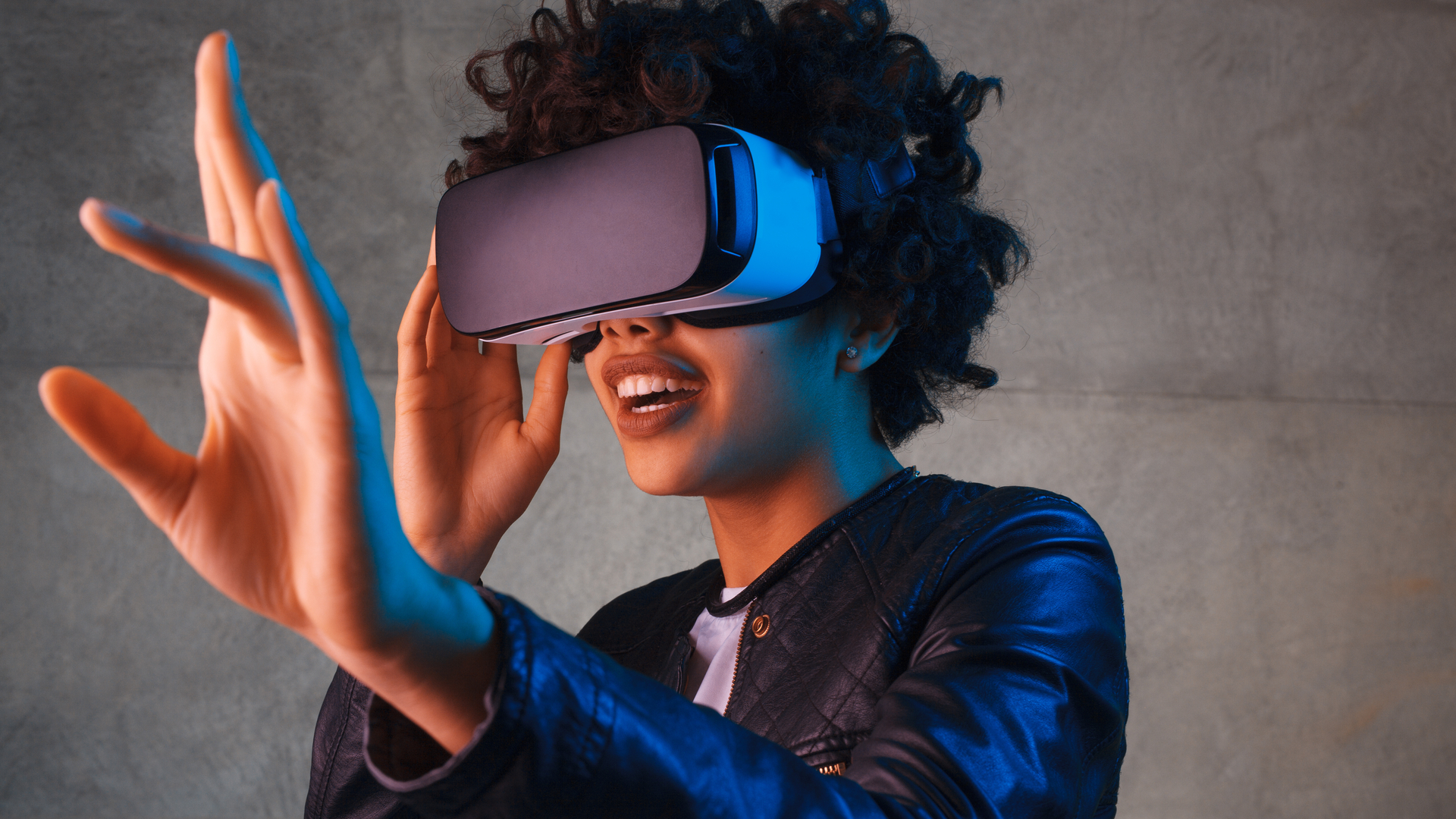
Apple VR headset price
Bllomberg’s Mark Gurman (a writer with a solid track record when it come to Apple leaks) has claimed that Apple’s VR headset will be pricey – all thanks to its premium-level specs.
While the price hasn’t yet been confirmed, a report by The Information has the Apple VR headset priced at an eye-watering $3,000 / $2,200 / AU$4,400.
This estimate has been somewhat corroborated by Bloomberg, whose sources have said Apple expects the VR headset to sell roughly one unit per store per day. These figures match up with the approximate sales of the Mac Pro Desktop which costs $5,999 (about £4,730, AU$8,720) suggesting the headset will carry a similar price tag.
We might be in luck though, more recent reports from Ming-Chi Kuo have said that Apple supposedly now wants to ship 3 million units – considerably more than previously suggested. This suggests we might see its price be set at a more consumer-friendly level, though even then we don’t expect it to cost less than the Meta Quest Pro which sets you back $1,500 / £1,500 / AU$2,450.
Apple VR headset features and design
Apple has yet to confirm the existence of its VR headset, but numerous design details and features have been leaked already; giving us a pretty good idea of what it will look and perform like.
As with all leaks we have to remember to take this information with a pinch of salt, but that advice is especially true here. That’s because Apple is supposedly working on multiple devices: this headset, a cheaper follow-up VR headset, and a pair of Apple Glasses; this has led to some confusion among leakers about what details relate to which headset.
Things are a lot less confusing now however and we’ve since gone back through all the rumors and will highlight the ones here that paint the most likely and consistent picture of Apple’s upcoming device.
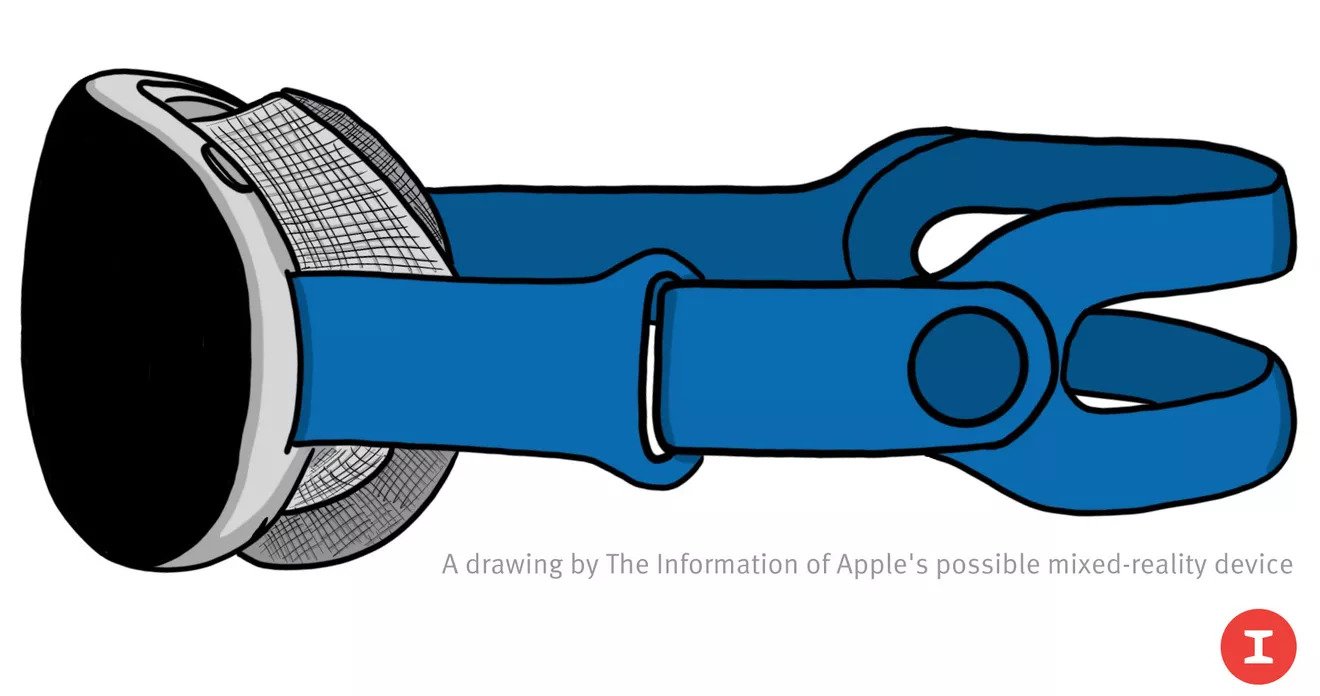
First off it’s probably going to be a powerful device, with Apple analyst Ming-Chi Kuo (via AppleInsider) predicting the device will have similar computing power as the MacBook Pro (M1,2020). However, likely in part due to the delays Apple seems to have abandoned the M1 chip and might actually use an M2 chip in its headset instead – with the M2 being about 35% more powerful than its predecessor.
We also expect the Apple headset to incorporate dual high resolution displays which could each boast a 7680 x 4320 resolution that’s four times as many pixels as a 4K screen and significantly more pixels than any other commercially available VR device. Multiple leaks have confirmed this detail so we’re feeling confident that these high-quality displays will appear in the final design.
To help these components conserve battery, Apple apparently has a plan to use sophisticated eye-tracking. Eye-tracking software in the headset is designed to follow where the user is looking and only activate that portion of the screen at the full 8K resolution. Other areas of the screen would become more blurred to save on processing power via a trick called foveated rendering.
This could help the device’s rumored short battery life. Bloomberg’s Mark Gurman cites multiple sources in saying that the Apple headset is designed to be used only in short bursts. Supposedly this is a mandated limitation to rebel against ideas like the Metaverse which would require you to use the headset for long periods of time. We suspect Apple would achieve this by intentionally installing a small battery that requires frequent recharging rather than imposing any kind of time-out function.
A small battery would also help the headset maintain its lightweight design – with rumors indicating Apple wants to make the headset as light as 150 grams; this would be over two-thirds lighter than the Meta Quest 2 (formerly known as the Oculus Quest 2). Other rumors suggest it could actually end up in the (more realistic) 300-400 gram range.
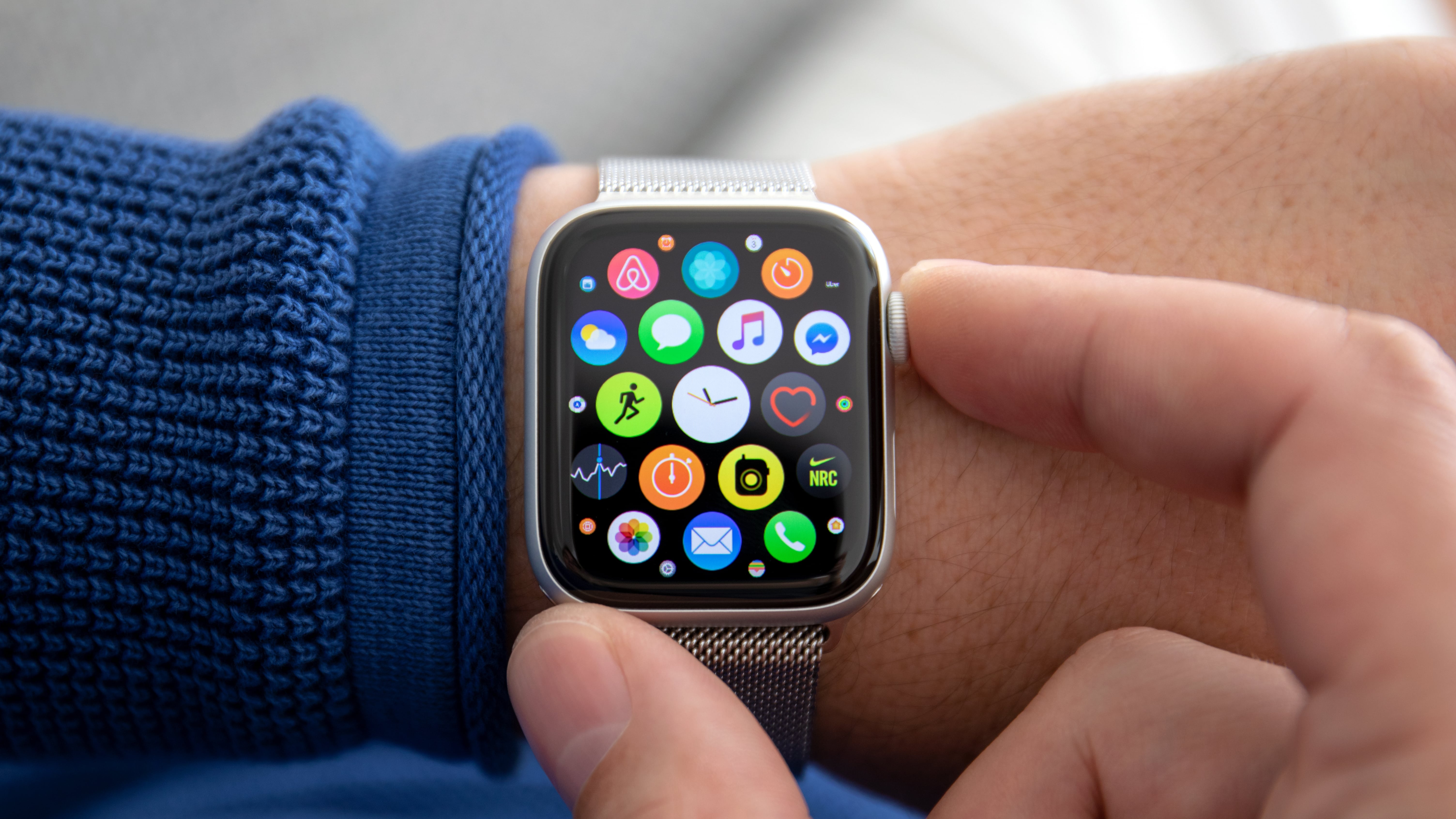
One final patent revealed that we might be using two Apple Watches to control the headset, though we definitely recommend taking this with a pinch of salt. Considering the Apple Watch 7 starts at $399 / £369 / AU$599, requiring even one of them would make the VR headset even more expensive than it’s already predicted to be.
A more recent rumor suggests the device will instead use more typical hand-tracking methods found in rivals like the Oculus Quest 2 and moreover, it will forgo controllers altogether. Hand-tracking can be clunky, but if the headset relies on its eye-tracking data to improve accuracy and also relies on sophisticated voice commands we could see the VR headset offering a great user experience without burdening us with handsets.
We’ve also heard that Apple is planning to put iris scanning into the headset, so different users can wear it and authorize their own mobile payments and account logins without needing to type out passwords every time.
- These are the best VR headsets you can buy today
- Browse all the latest cheap VR headset deals available now
















